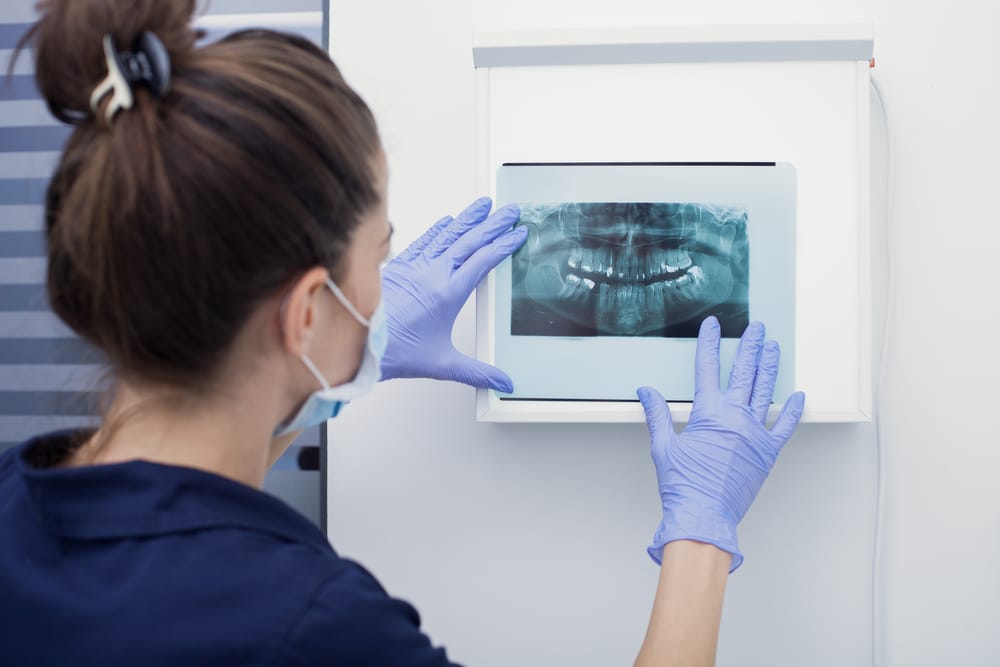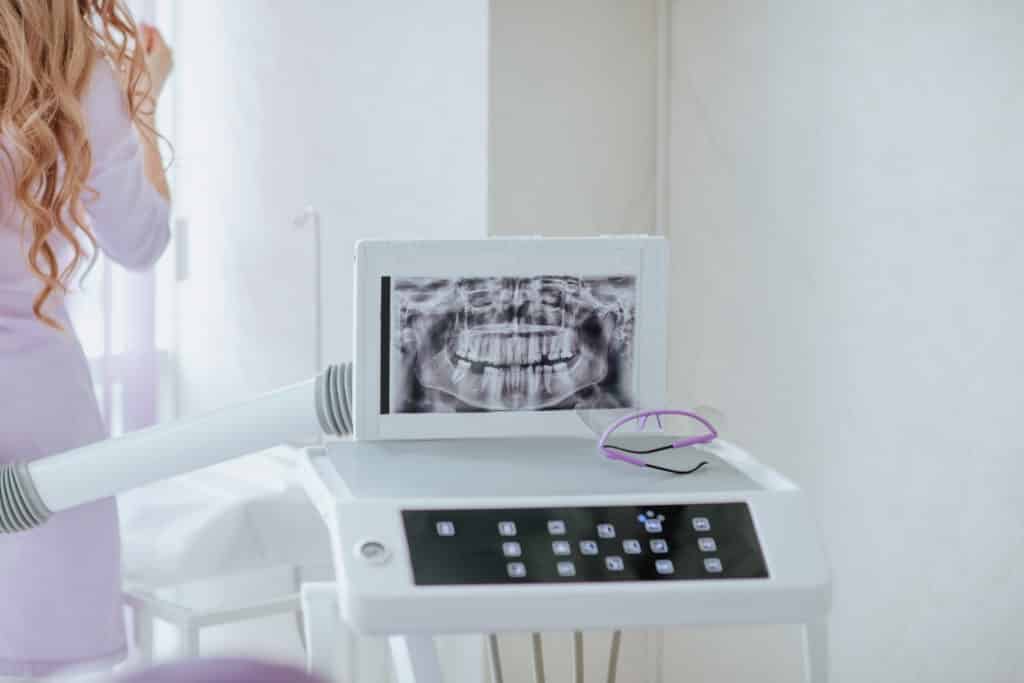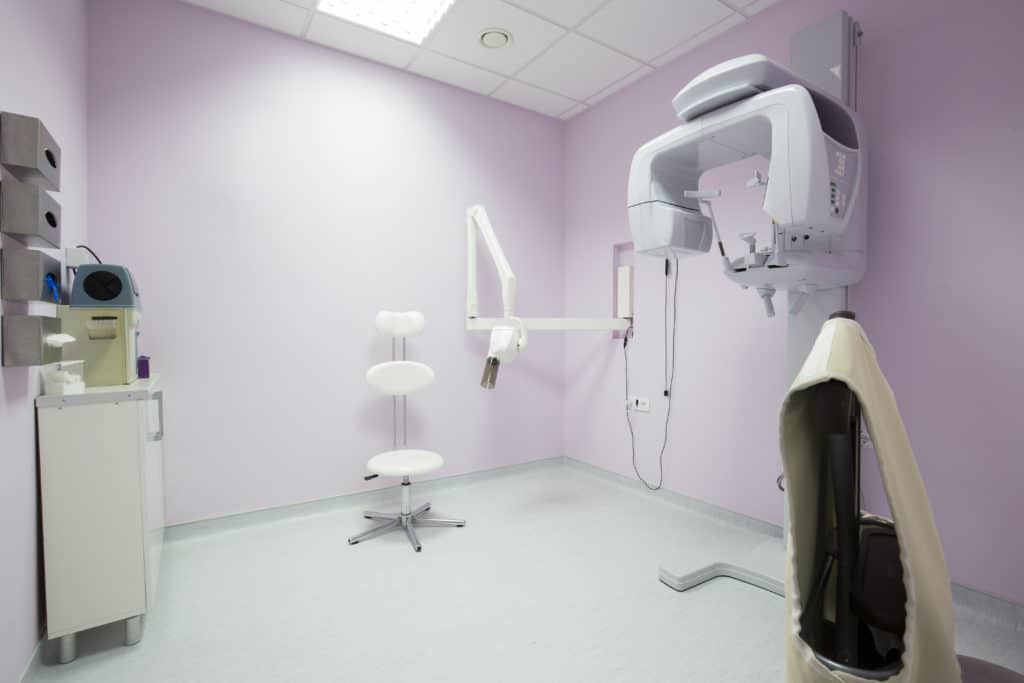Dental technology continues to improve, just like the rest of the world. One such improvement is the emergence of 3D Imaging, also known as CBCT (Cone Beam Computed Tomography). If your dentist is ever trying to see what’s going on in your tooth structure and a traditional dental x-ray won’t cut it, they can then use a CBCT machine to get a clearer picture.
Given that 3D Imaging is a new technology, many people may not fully understand how they work or how they compare to traditional dental x-rays. Fortunately, this article has got you covered. Here, we’ll go over how traditional dental x-rays differ from CBCT machines, when dentists would use a traditional dental x-ray versus 3D Imaging, and how it improves your treatment. Let’s get into it!
What’s The Difference Between 3D Imaging And A Dental X-Ray?

In order to better understand how 3D Imaging compares to traditional dental x-rays, it’s helpful to know what the differences between the two machines even are.
Traditional 2D X-Rays
There are a few different types of 2D x-rays. These are used to show details in your mouth. Depending on the type of x-ray that you have done, they may capture images of your teeth, your jaw, and more.
The different types of dental x-rays include:
- Intraoral.
These involve placing a film inside your mouth. There are a few different intraoral x-rays: bitewind, periapical, and occlusal. These all show details of your teeth to different degrees. These are used in order to track developing teeth and to diagnose oral health issues, such as cavities.
- Bitewings show your upper and lower teeth in a specific area.
- Periapicals show an entire tooth from where it attaches to your jaw all the way to the crown.
- Occlusals show an entire arc of teeth in your jaw.
- Extraoral.
These use different machines in order to locate any dental issues in your jaw and skill. A CBCT machine is a type of extraoral x-ray. Some other types of extraoral x-rays include:
- Digital imaging
- Panoramic
- Sialogram
- CBCT
- And more
3D Imaging

Instead of using traditional photographic film, 3D imaging uses digital x-ray sensors to create a 3D image of your tooth. These use small amounts of radiation in conjunction with electronic sensors from computors in order to form an image of your teeth on a computer screen.
This type of x-ray requires additional training in order to fully understand how to use it, however, many dentists prefer it, as it shows more details about what is going on in your mouth.
When You Would Get A Traditional Vs Digital X-Ray
Since CBCT machines provide a more detailed, comprehensive look into what’s going on in your mouth, many dentists prefer to use them for diagnosing many different dental conditions.
Typically, they’re more commonly used in complex cases, such as if you have pain and the dentist can’t see why from a traditional x-ray. 3D imaging can also be used in place of a traditional x-ray if you have someone who struggles with traditional x-rays, either because gag reflexes or impatient children or what have you.
Even if a dentist has a CBCT machine, they may still prefer to use traditional x-rays in order to look at cavities and other common oral health problems. But when it comes to looking at your roots and other, more complicated issues, dentists usually prefer to use CBCT machines in order to get a more accurate look.
This allows them to improve their treatment process and provide you with optimal care.
How CBCT Machines Improve Your Treatment

There are quite a few benefits to using CBCT machines! We’ve gone over the benefits of 3D Imaging for your treatment more in detail in our previous blog post, The Benefits Of 3D Imaging For Your Teeth. That said, we’ll provide you with a quick overview so you can get a general idea of how this machine benefits you.
Some of the ways that CBCT machines improve your treatment include:
- Increased comfort
- Increased convenience
- Less time
- Environmentally safe
- Better suited for diagnosing issues
- Better suited for patient learning
- Non-invasive
- Improved treatment
- Improved accuracy
- Safer than traditional x-rays
Here at David G. Johnson, DDS, we care about providing each and every one of our patients with the best endodontic care possible. That’s why we use CBCT machines in order to diagnose your oral health problems and get a clear picture of what’s going on. To schedule an appointment, please don’t hesitate to contact us today!


